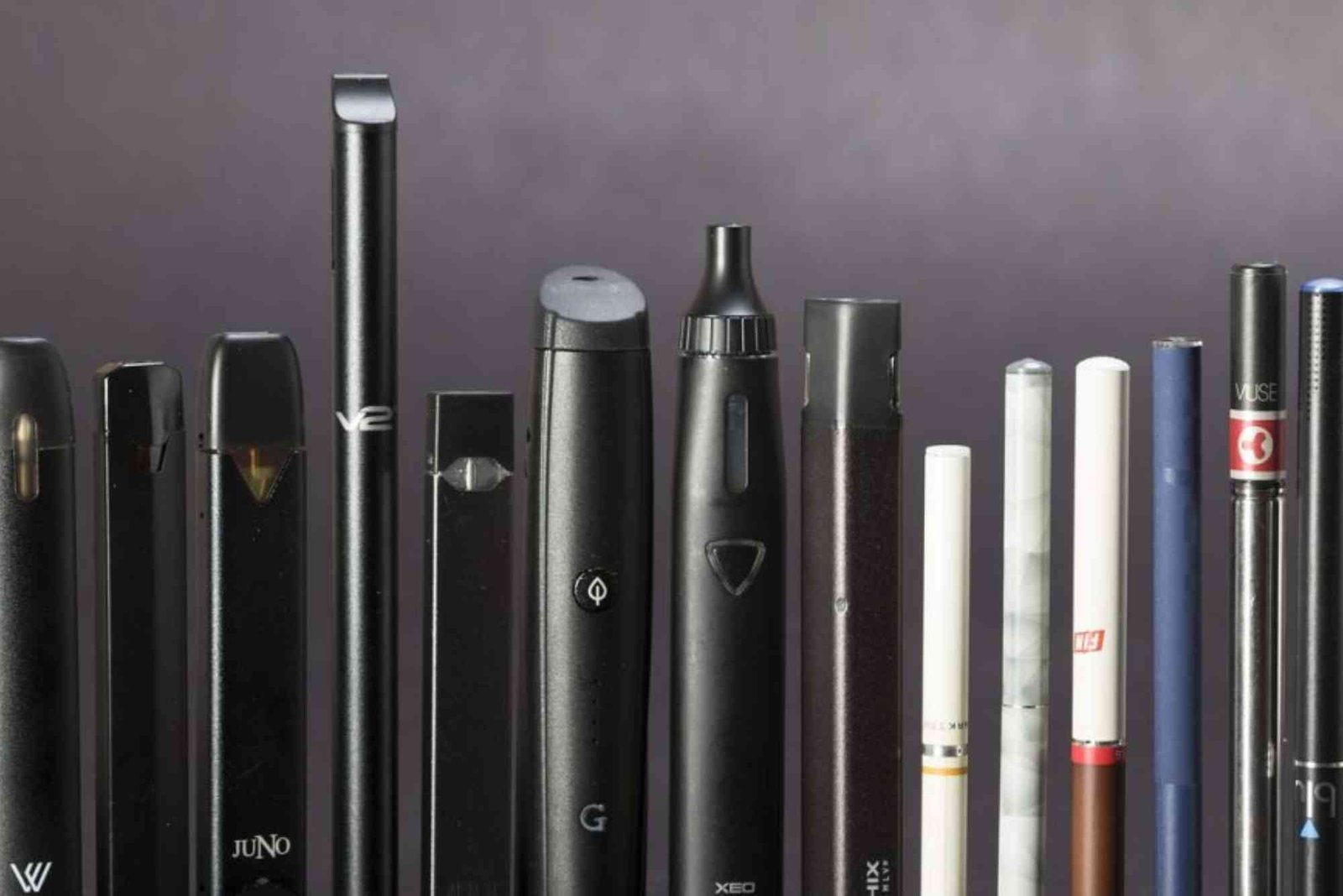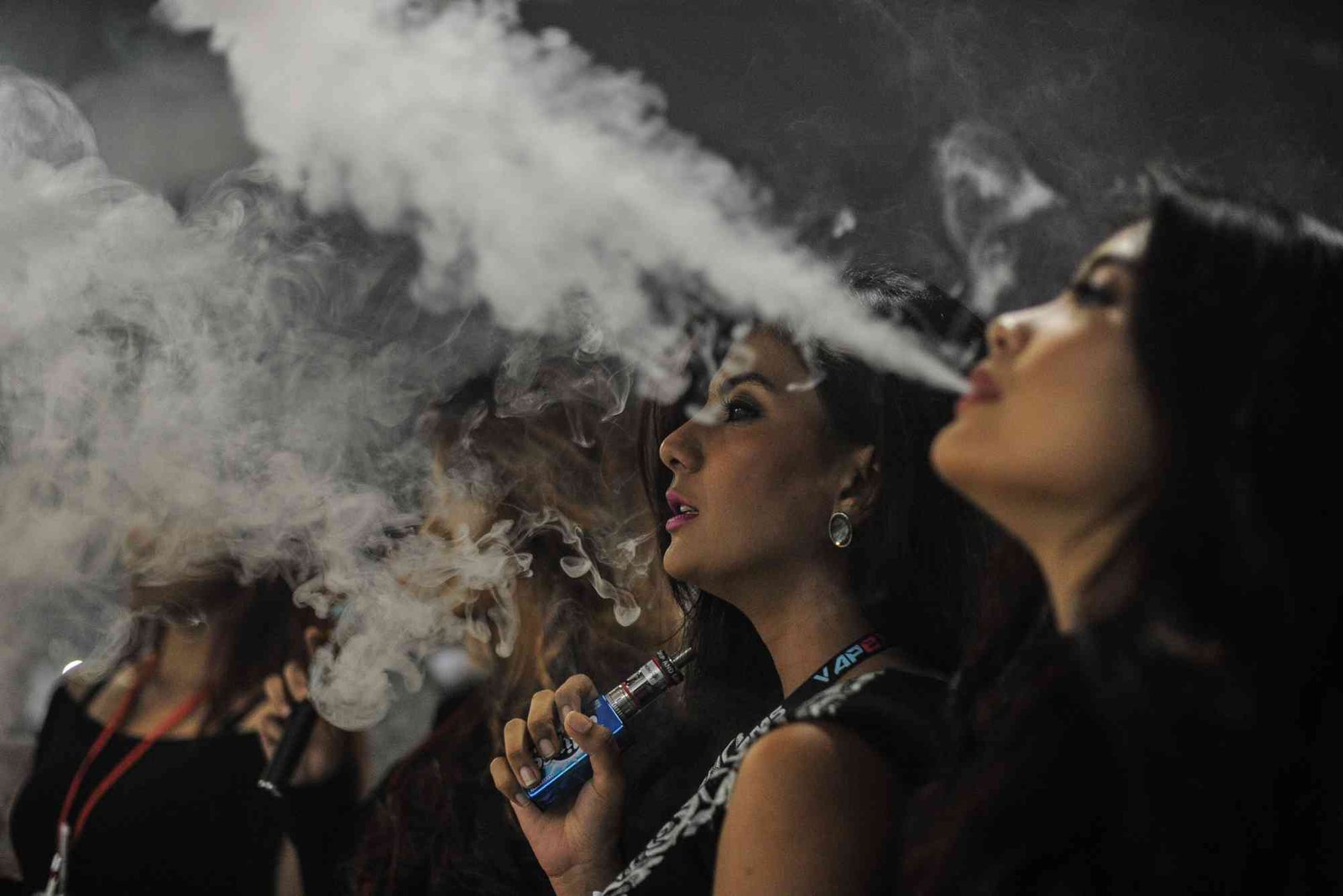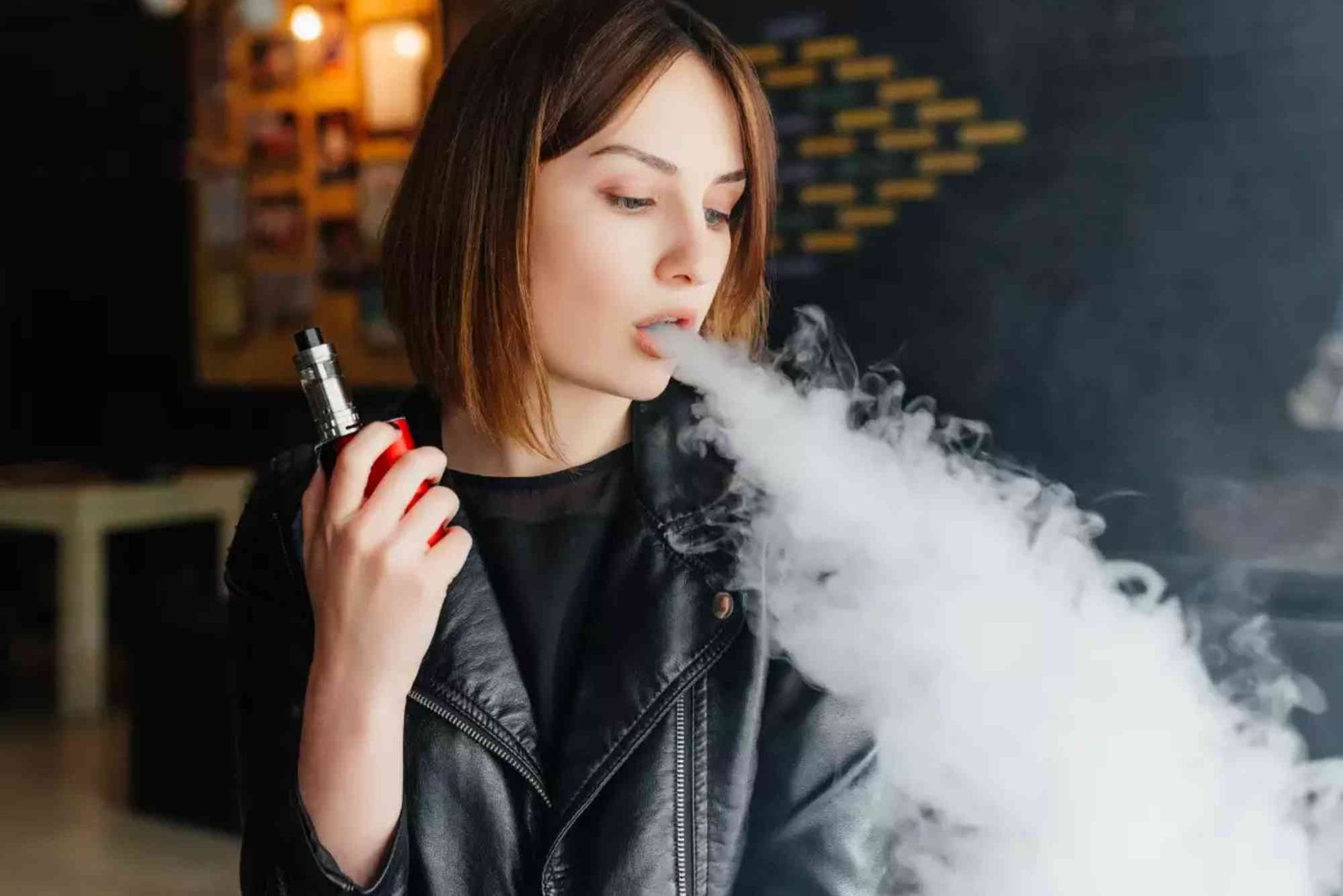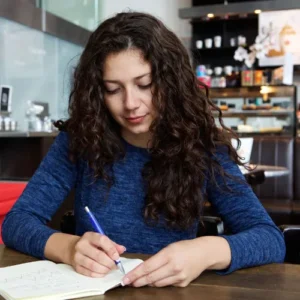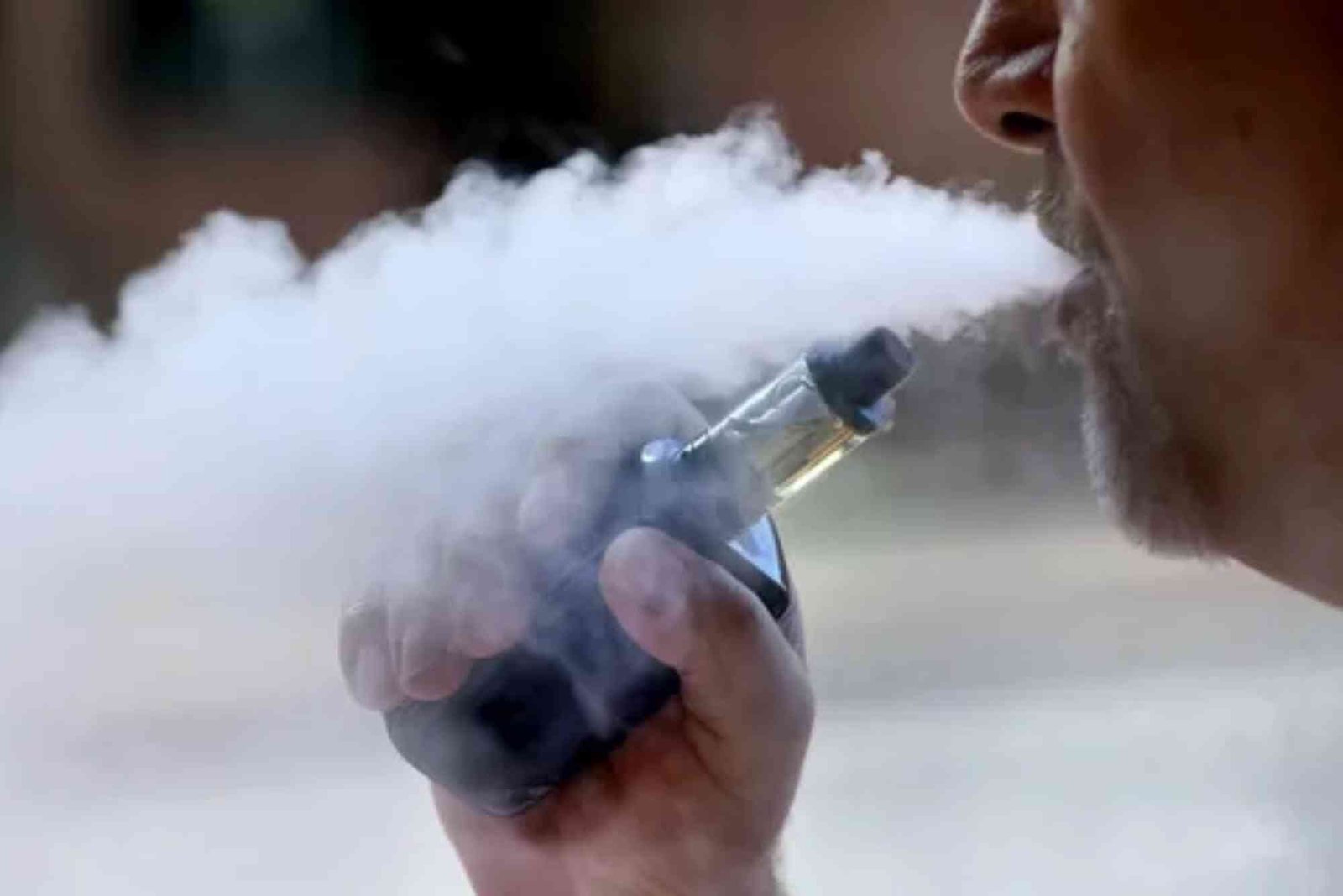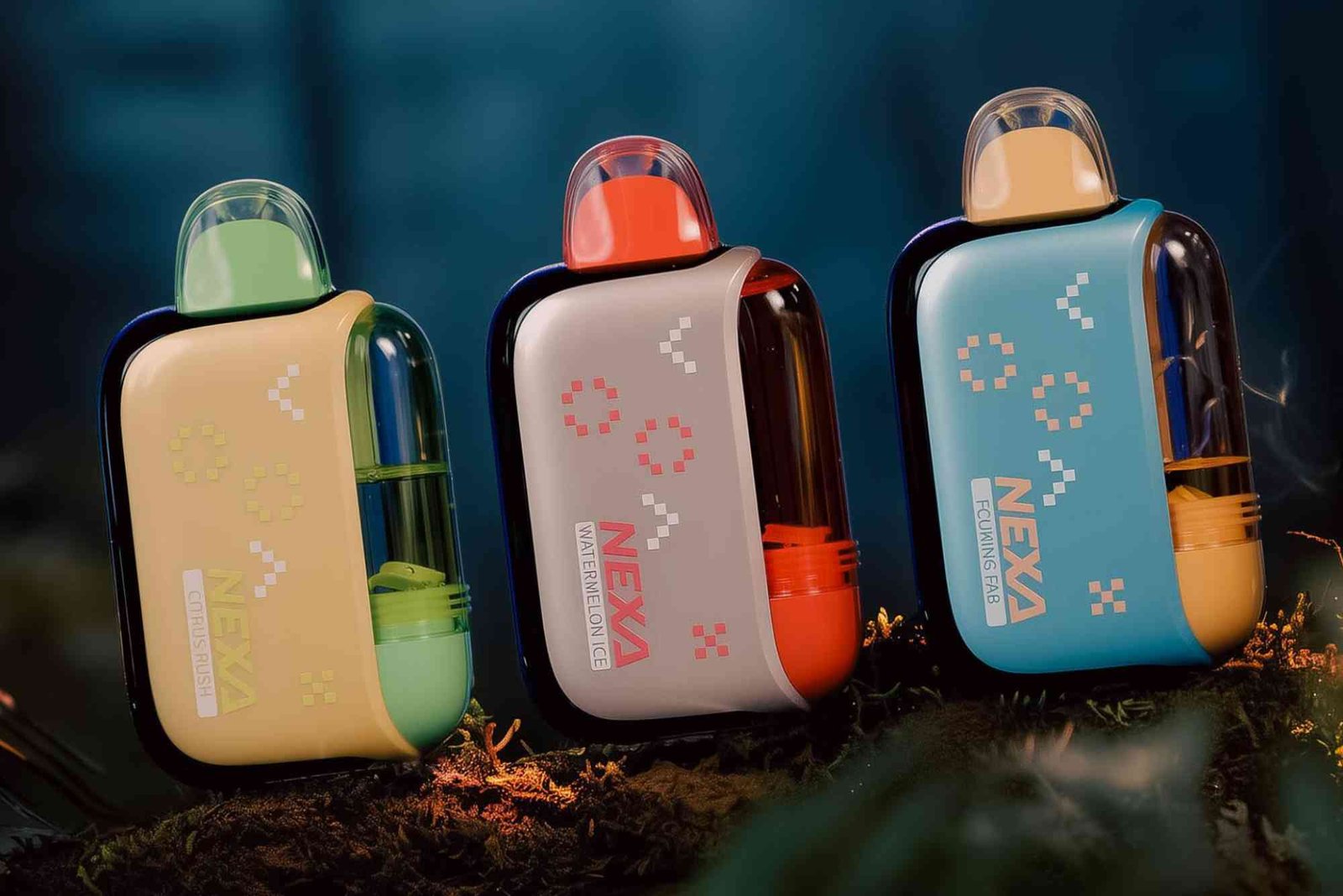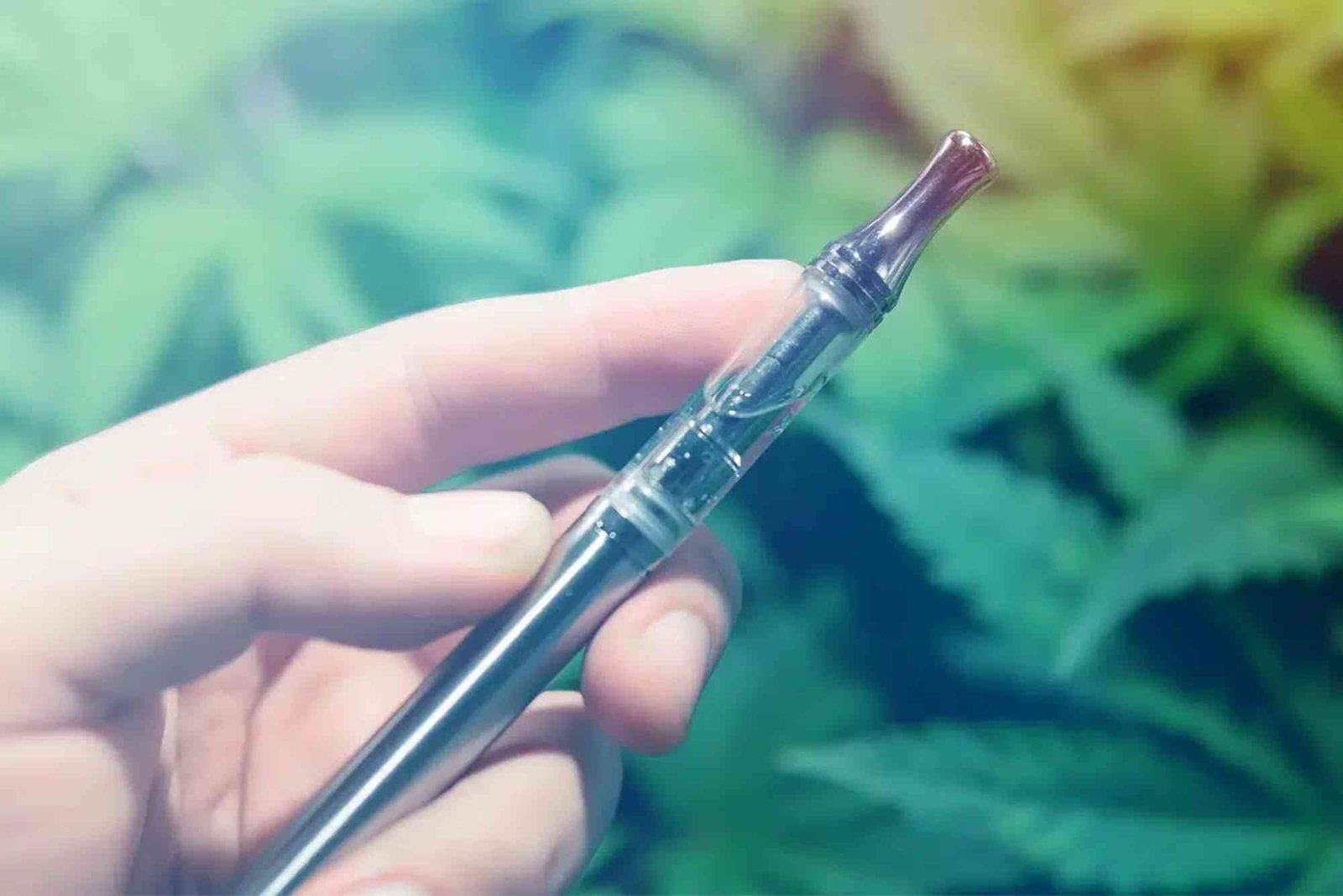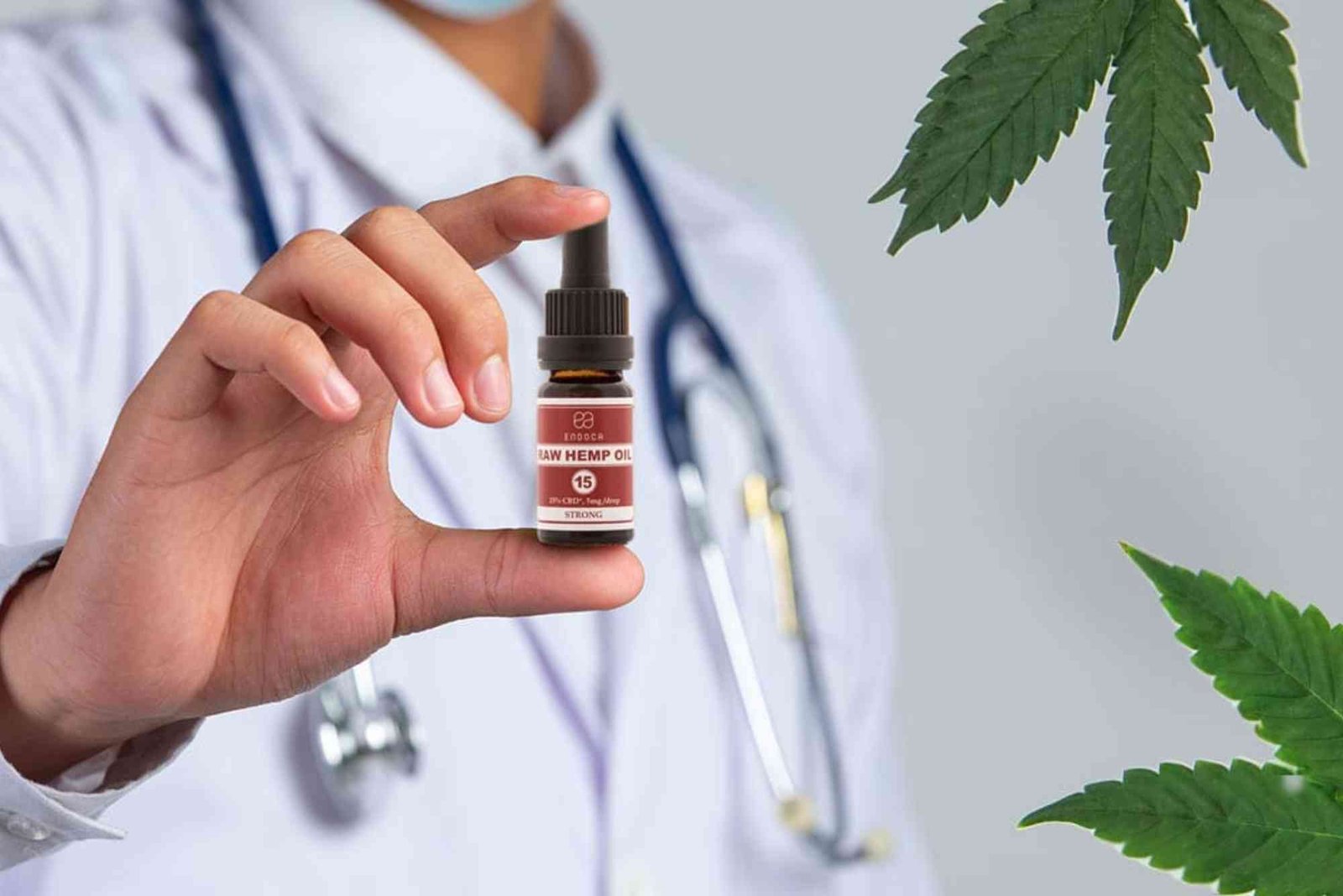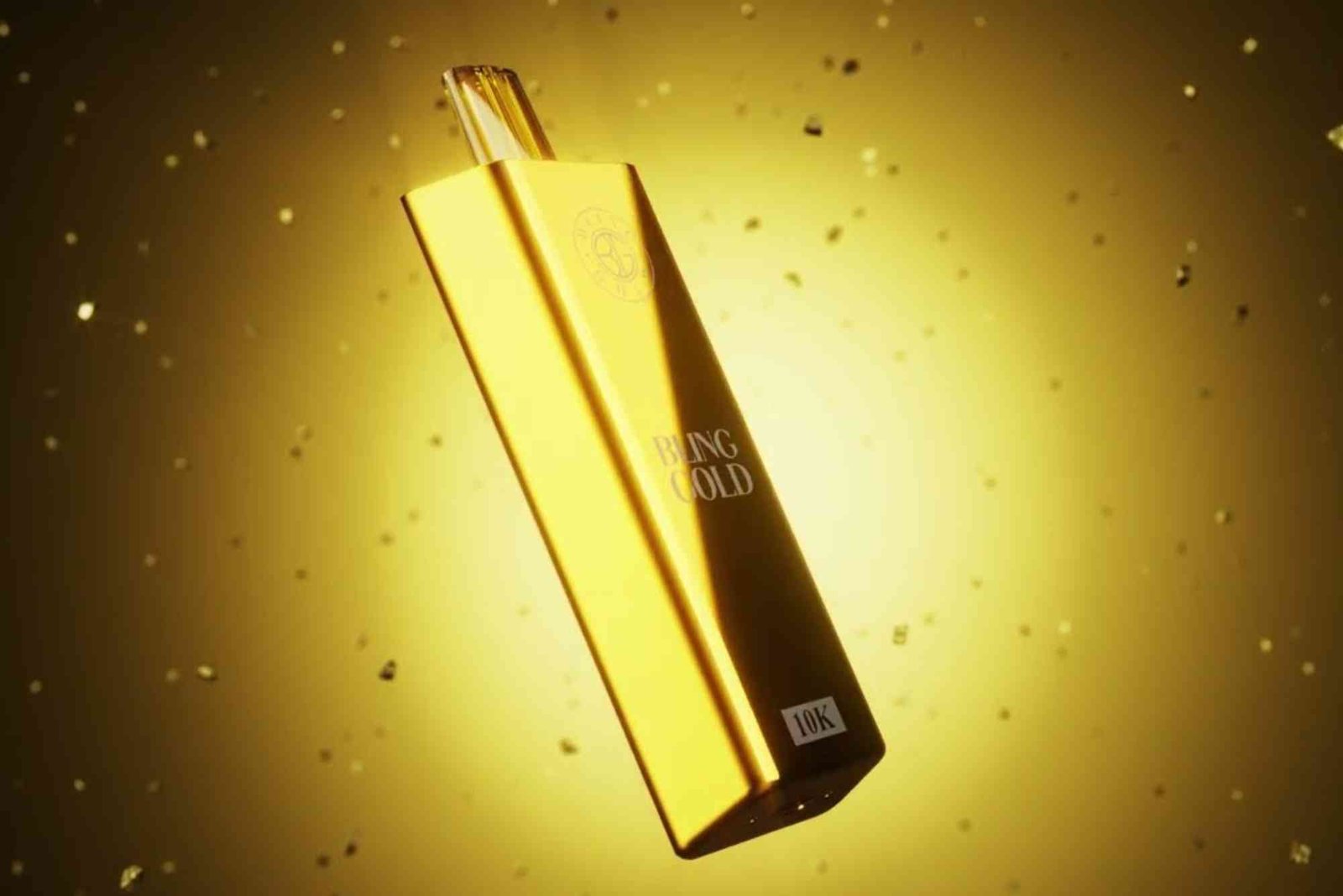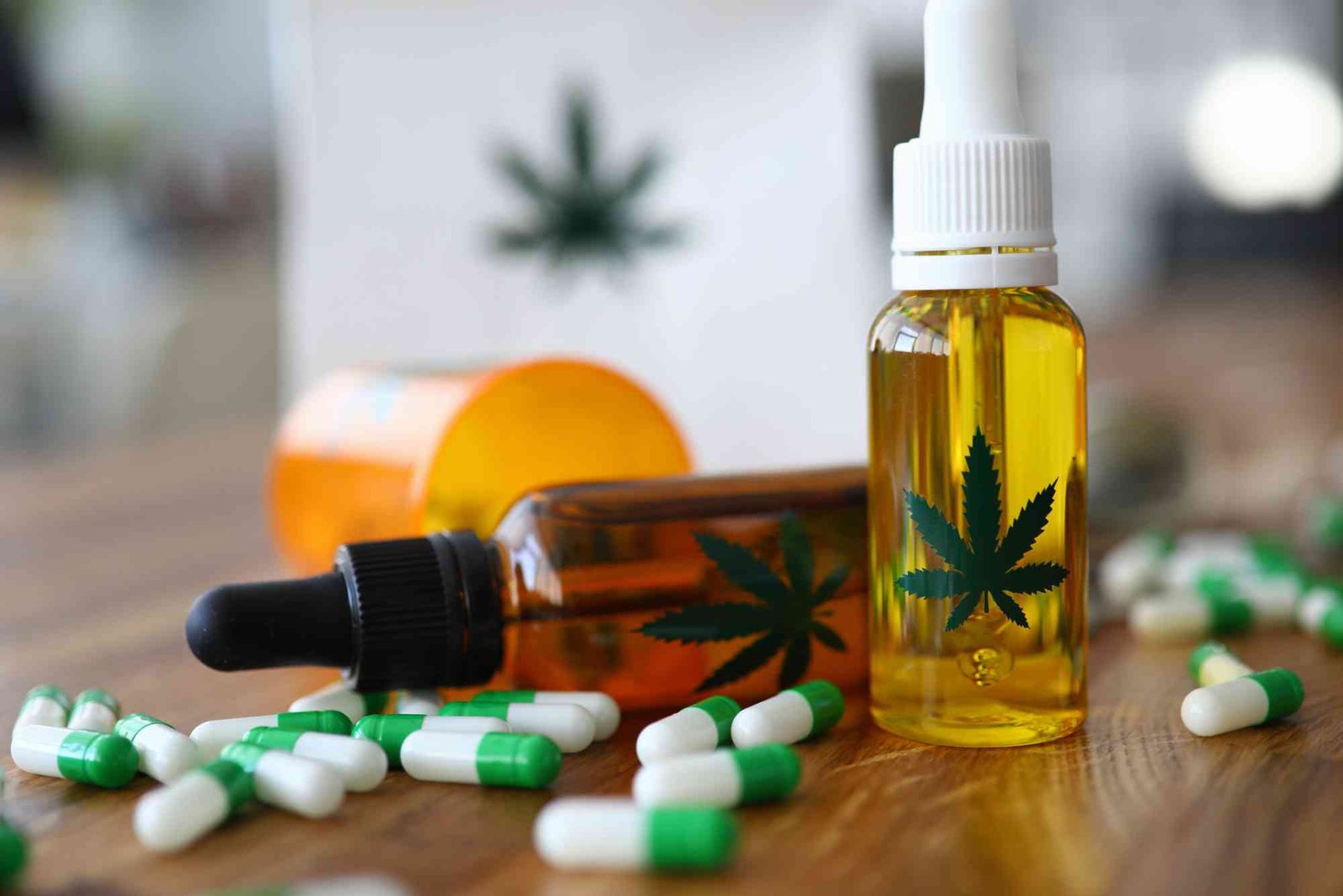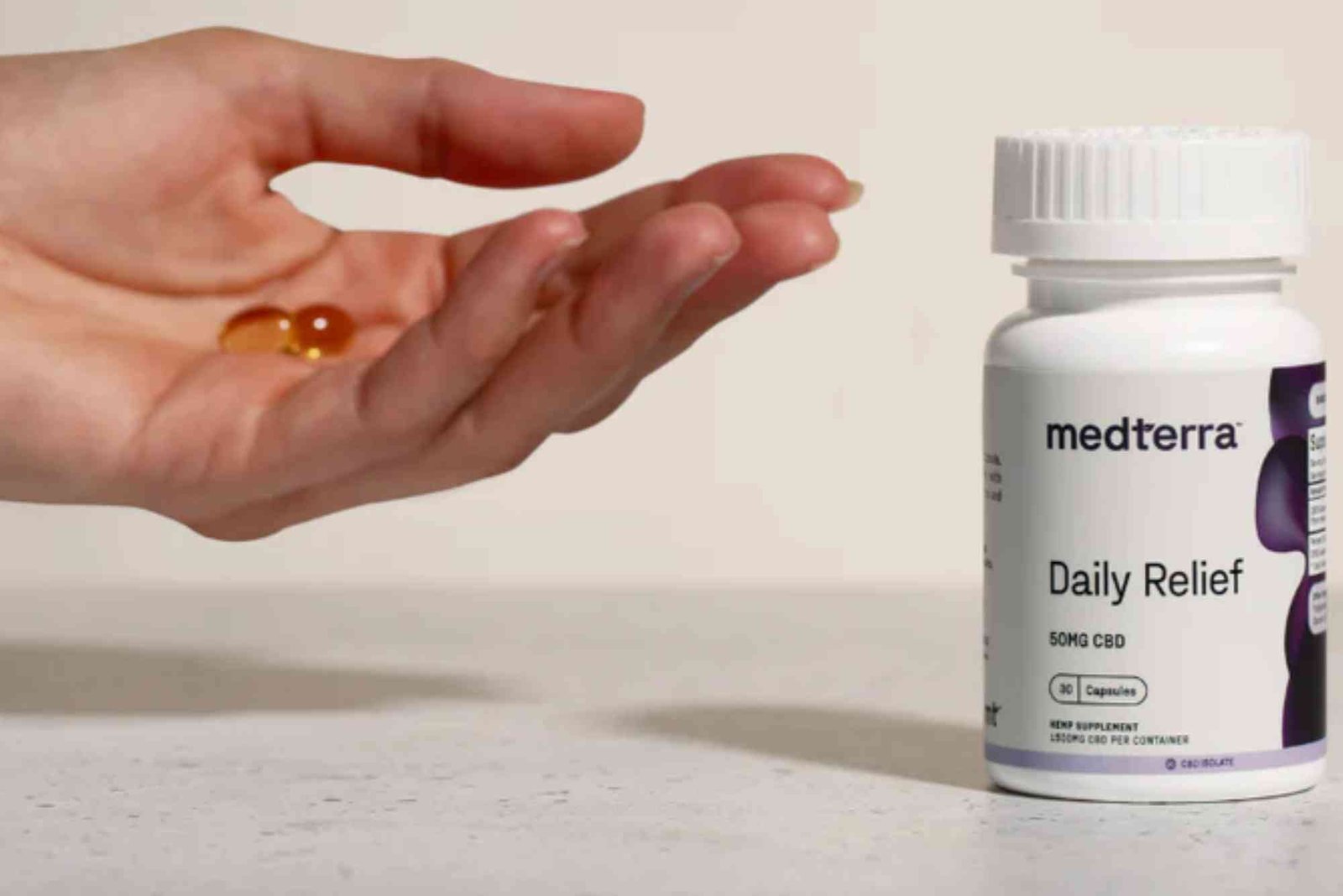Understanding the Role of Airflow in Flavor and Vapor Production
Vaping is not just about choosing the right e-liquid or the best vape mod. One of the most overlooked but crucial elements in enhancing your vaping experience is airflow. Whether you’re a cloud chaser or a flavor purist, understanding how airflow in vaping works can transform your sessions from average to exceptional. Airflow control is a key component in determining not just the amount of vapor you produce, but also how flavorful each puff is. In this article, we’ll dive into how airflow impacts both vapor production and flavor quality, and how you can optimize it to suit your personal vaping preferences.
Why Airflow Matters in Vaping
Airflow refers to how much air is drawn into the coil chamber during a vape. When you inhale, the air moves through the airflow system and over the heated coil, mixing with the vaporized e-liquid to produce the clouds and flavor you experience. This process is vital to the vaping mechanism, and even minor adjustments can have a significant effect on your overall satisfaction.
More airflow usually results in cooler vapor and bigger clouds but can reduce the intensity of flavor. On the other hand, restricted airflow tends to offer a warmer, more concentrated flavor but produces less vapor. Striking the right balance is the key to finding your sweet spot.
How Airflow Affects Vapor Production
When you increase airflow, more air mixes with the vapor, which lowers the temperature of each puff. This cooler vapor allows you to take longer, deeper drags without discomfort. It’s especially useful for sub-ohm vaping, where high wattages and low-resistance coils produce significant heat.
Open airflow settings also help produce dense, voluminous clouds. That’s why cloud chasers often prefer devices that allow for maximum airflow. However, too much airflow can thin out the vapor, making it feel less satisfying in the throat and reducing flavor concentration.
Conversely, reducing airflow creates a more intense throat hit. The vapor is warmer and denser, making it ideal for users transitioning from smoking to vaping. This is particularly common in mouth-to-lung (MTL) vaping, which mimics the draw of a traditional cigarette and is often favored by new vapers.
The Relationship Between Airflow and Flavor
Flavor and airflow in vaping have an inverse relationship. The more open the airflow, the more diluted the flavor. This is because increased air volume mixes with the vaporized e-liquid, dispersing its concentration.
Restricting airflow enhances flavor by limiting the amount of air blending with the vapor. This results in a richer and more robust taste. However, it also increases the warmth of the vapor, which may not appeal to everyone. Additionally, lower airflow can cause coils to overheat faster if the wattage is too high, so it’s crucial to balance power settings accordingly.
Another factor to consider is how airflow direction affects flavor. Bottom airflow systems direct air beneath the coil, often providing a cleaner, more intense flavor. Side airflow is usually more versatile but might not deliver the same concentration. Top airflow systems are excellent for leak prevention but may slightly compromise on flavor depth.
Customizing Airflow for Your Vape Style
Every vaper has unique preferences. Some enjoy massive clouds with subtle flavor, while others prioritize strong taste over visual impact. Understanding how to adjust your airflow settings can help tailor your vaping experience.
For direct-to-lung (DTL) vaping, wide-open airflow combined with higher wattage creates large clouds and a smooth draw. These settings are ideal for those who vape primarily for the visuals or enjoy a cooler inhale. To maximize this experience, use low-resistance coils and high-VG e-liquids.
For MTL vaping, a tighter airflow works better. It provides a warm, flavorful draw that feels closer to smoking. This style is best suited for higher-resistance coils and high-PG e-liquids, often with higher nicotine content.
Pod systems usually offer limited airflow adjustment, but even small changes can enhance performance. Some advanced pod mods now come with precision airflow rings or sliders that let you fine-tune your vaping sessions.
Factors That Influence Airflow Performance
Airflow in vaping doesn’t exist in isolation. Several other elements impact how effective your airflow settings are. Coil type, e-liquid viscosity, and even device design all play a part.
Coils with larger surface areas usually require more airflow to avoid overheating and dry hits. Mesh coils, for example, heat quickly and evenly, benefiting from open airflow for optimal performance.
Thicker e-liquids (those with high VG content) need greater airflow to maintain vapor quality and avoid clogging the coil. Thinner e-liquids, on the other hand, work better with restricted airflow, especially in MTL setups.
Device design also matters. Some atomizers are built specifically for flavor, incorporating airflow systems that channel air directly to the coil. Others focus on cloud production, prioritizing volume over taste.
Common Airflow Mistakes to Avoid
Many vapers unknowingly sabotage their experience by mismanaging airflow settings. One common error is using wide-open airflow with a high-nicotine e-liquid. This can mute the flavor and reduce the satisfaction of each puff.
Another mistake is failing to adjust airflow after changing your coil or e-liquid. What worked for one setup might not be ideal for another. Always test and tweak your settings when you make a change.
Improper coil priming or e-liquid thickness can also affect airflow. If your airflow feels restricted or uneven, check for coil gunk, clogged wicks, or residue in the airflow holes.
Best Practices for Adjusting Airflow
Start with the middle setting if you’re unsure. Most devices offer a range between fully open and completely closed airflow. From there, gradually adjust based on your preferences. If the vapor feels too warm or harsh, open it up a bit. If the flavor is lacking, close it slightly.
Test different e-liquids with your airflow settings. Some flavors shine with tight airflow, while others open up when more air is introduced. Fruity or menthol flavors often perform better with slightly more airflow, while dessert and tobacco flavors benefit from restricted settings.
Regular maintenance is also essential. Clean your device’s airflow slots regularly to prevent buildup that can restrict flow and distort flavor.
FAQs
What is airflow control in vaping?
Airflow control in vaping allows users to adjust the amount of air that mixes with vapor during inhalation. This setting affects flavor, temperature, and vapor production.
Does more airflow mean more clouds?
Yes, increasing airflow typically produces more clouds. Open airflow allows more air to pass through the coil, which cools the vapor and increases volume.
How does airflow affect vape flavor?
Airflow impacts flavor intensity. Tighter airflow leads to richer, more concentrated flavor, while open airflow can dilute taste but cool the vapor.
Should I adjust airflow when changing coils?
Absolutely. Different coils have varying airflow needs. Always adjust your airflow settings to match your coil’s resistance and your desired experience.
Is tight or loose airflow better for beginners?
It depends on the goal. Beginners trying to quit smoking often prefer tighter airflow for a more familiar throat hit, while others may prefer looser airflow for smoother draws.
Can airflow affect nicotine strength?
Indirectly, yes. Open airflow can make higher-nicotine liquids feel milder, while restricted airflow intensifies throat hit, making nicotine feel stronger.
What’s the best airflow for flavor?
Restricted or bottom airflow setups generally provide the best flavor because they concentrate the vapor and direct it toward the coil and mouth.
Mastering airflow in vaping is not just a technical adjustment—it’s an art that enhances every puff. Whether you’re seeking bold flavors, voluminous clouds, or a perfect balance of both, airflow control is your key to customization. The right setting depends on your personal style, your device, and the e-liquids you use. Don’t be afraid to experiment, fine-tune, and find what works best for you.
If you’re still unsure how to get started, try adjusting your airflow slightly every few sessions and note the changes. Eventually, you’ll discover the perfect setup tailored to your preferences.


